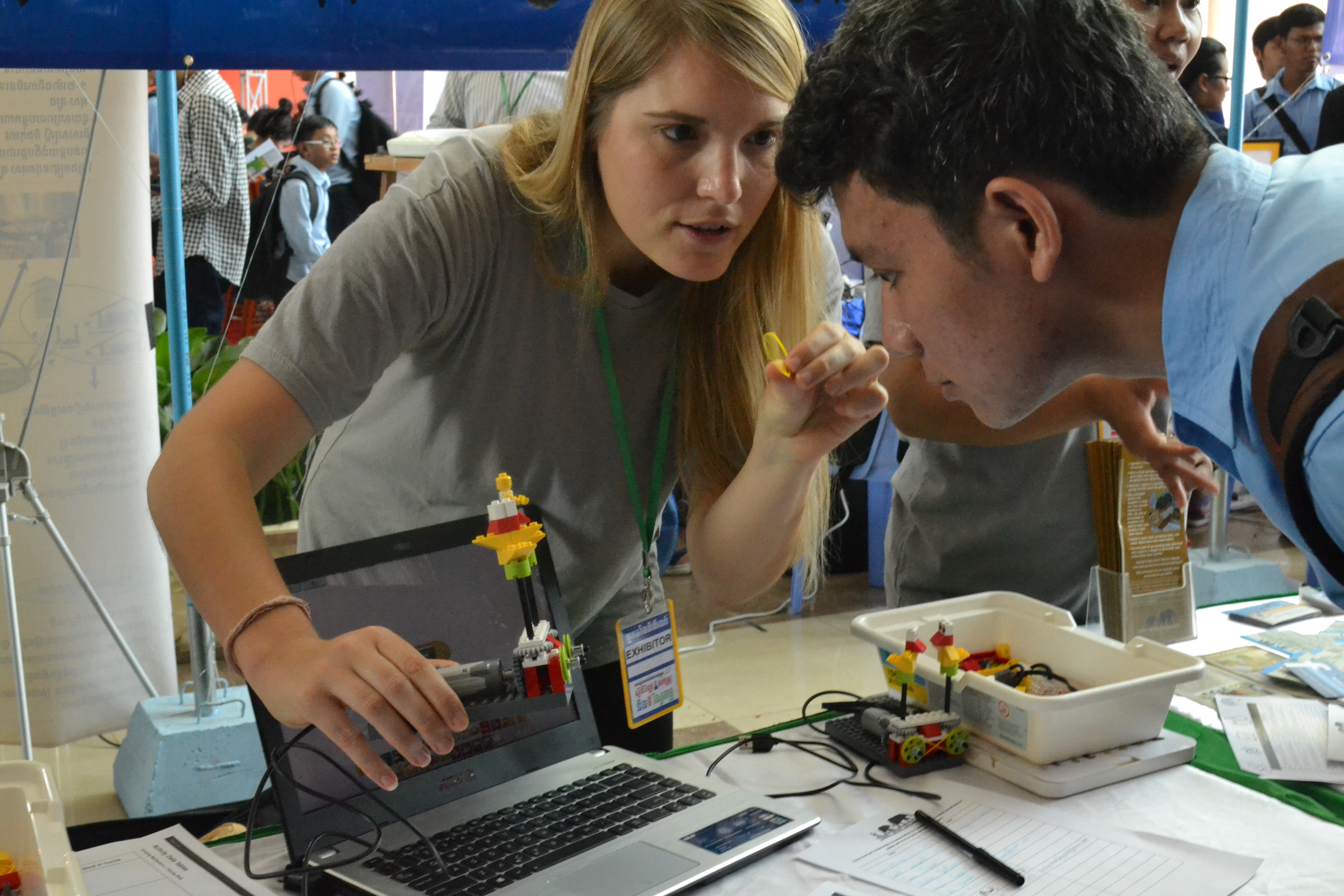5 Success Factors in Augmenting Education With Technology

Schools and education institutions around the world are eager to integrate technology into their classroom, increase ICT skills acquisition and improve learning outcomes. As the Gates Foundation recently reported in their annual letter, access to technology will revolutionize learning and empower students of all backgrounds to lead better lives. Indeed, education is at an exciting crossroads. For schools in developed countries, advanced classroom technology seems the obvious next-step, and is relatively realistic, yet for schools in developing regions, integrating and maximizing technological resources proves exceedingly challenging.
Despite the dramatic differences in resources, capacity, and support in schools around the world, it is possible to integrate technology in a way that catalyzes engagement, improves the quality of instruction and advances learning. Below are 5 factors necessary for successful IT integration at learning institutions in the developing world.
Investment in network infrastructure.
Even the world’s best car cannot drive well on congested or badly maintained roads. The same is true for IT systems at education institutions: you can have the latest hardware, but without a strong network, campus connectivity will be limited.
Limited connectivity compromises IT engagement and weakens productivity. In addition, poorly designed networks can lead to greater security risks and jeopardize the longevity of equipment.
When planning IT integration, hire a networking specialist who can design and build a system architecture that will support the long-term needs specific to a given organization. Investing in a secure, strong network is the first step in ensuring the successful integration of technology at any institution.
Identify measurable outcomes at the start.
Integrating technology into learning models requires a huge investment of time and capital. The most important question institutions and education organizations should ask is: what do we stand to gain from this investment? Starting with a clear vision of desired outcomes and how technology will work to reach these goals is incredibly important. Without an end in sight and an action map to get there, teams are lost from the start.
Design an evaluation plan that specifies a framework for achieving learning goals, prioritizes objectives and monitors success metrics over time across target populations (e.g. learners, teachers, head teachers, school administrators, etc.)
Examples of measurable outcomes in the first term or year may include:
- Percentage increase of course hours that are computer-assisted
- Percentage increase of teachers that use technology tools to facilitate activities in classroom
- Percentage increase of students that demonstrate or report increase in ICT skills development
Support collaboration and inclusivity.
The IT implementation strategy should consider the needs and outcomes of the entire campus community. In many instances, institutions only consider the needs of students and fail to involve teachers or administrators effectively. It is essential that teachers, students and all staff feel that they are supported and are encouraged to collaborate with one another.
One of the biggest hurdles to technology integration I have observed is teachers’ fear of making a mistake in front of students and/or diverting from their ordinary lesson plan or teaching style. Collaboration can be a powerful force that enables faster IT adoption rates, higher levels of engagement and a healthy, open environment that supports campus-wide transparency and learning.
Examples of how collaboration can be cultivated include:
- Regular “collaboration” or “learn over lunch” meetings for teams to share ideas, challenges and best practices
- Mentoring systems that match experienced educators with new teachers
- Open computer lab hours where students can drop-in to ask questions or spend time researching
- Collaborative, student-centered classroom where teachers can also learn from students (e.g. through project-based activities, research presentations or demonstrating experiments)
Provide continuing education and professional development opportunities
In addition to cultivating collaboration, organizations that integrate technology successfully provide staff with ongoing training and professional development opportunities. These resources vary from on-site leadership trainings or informal workshops to external learning or networking events such as conferences and seminars.
Once organizations begin to allocate funds to professional development activities, they can track, evaluate and share the results of their trainings. Sharing results of professional development activities is not only empowering, but it motivates others to attend events and build their professional networks. This leads to a powerful ripple effect where teachers build their confidence, skills and professional networks.
Examples of how to support professional development opportunities:
- Invite local or international professionals to conduct a staff training session
- Allocate budget for external trainings and require staff to share what they learned (e.g. in the form of a report or presentation)
Source equipment and services locally when possible.
In the IT and education projects I have worked on, I have observed an interesting pattern: in instances where donors, sponsors or other external supporters purchased and/or installed foreign equipment, it was rarely utilized if working because training wasn’t readily available, and when critical repairs were needed, the equipment was simply left un-fixed because there were no local people with the necessary technical knowledge or skills. In projects where equipment was purchased locally, it was utilized effectively and working.
Purchasing IT equipment or services locally promotes sustainability and builds relationships within communities. Purchasing equipment in-country enables organizations to invest the growth of their local economy as well as its social capital.
There you have it! Investment in network infrastructure, local resources, ongoing learning and opportunities for all beneficiaries to collaborate are the critical factors for success. At the heart of your IT integration strategy is building a community of practitioners that will sustain and scale the growth for years to come.
______
Victoria Neff is an international development professional working on education, youth development and ICT projects in Asia. She is currently based in Siem Reap, Cambodia. Her passion for learning and collaboration has remained the guiding inspiration in all that she does. She holds an MA in International Development, a BA in Global Studies and Writing. In her free time, you can find her running, exploring as many new places as she can and writing about her journey.






